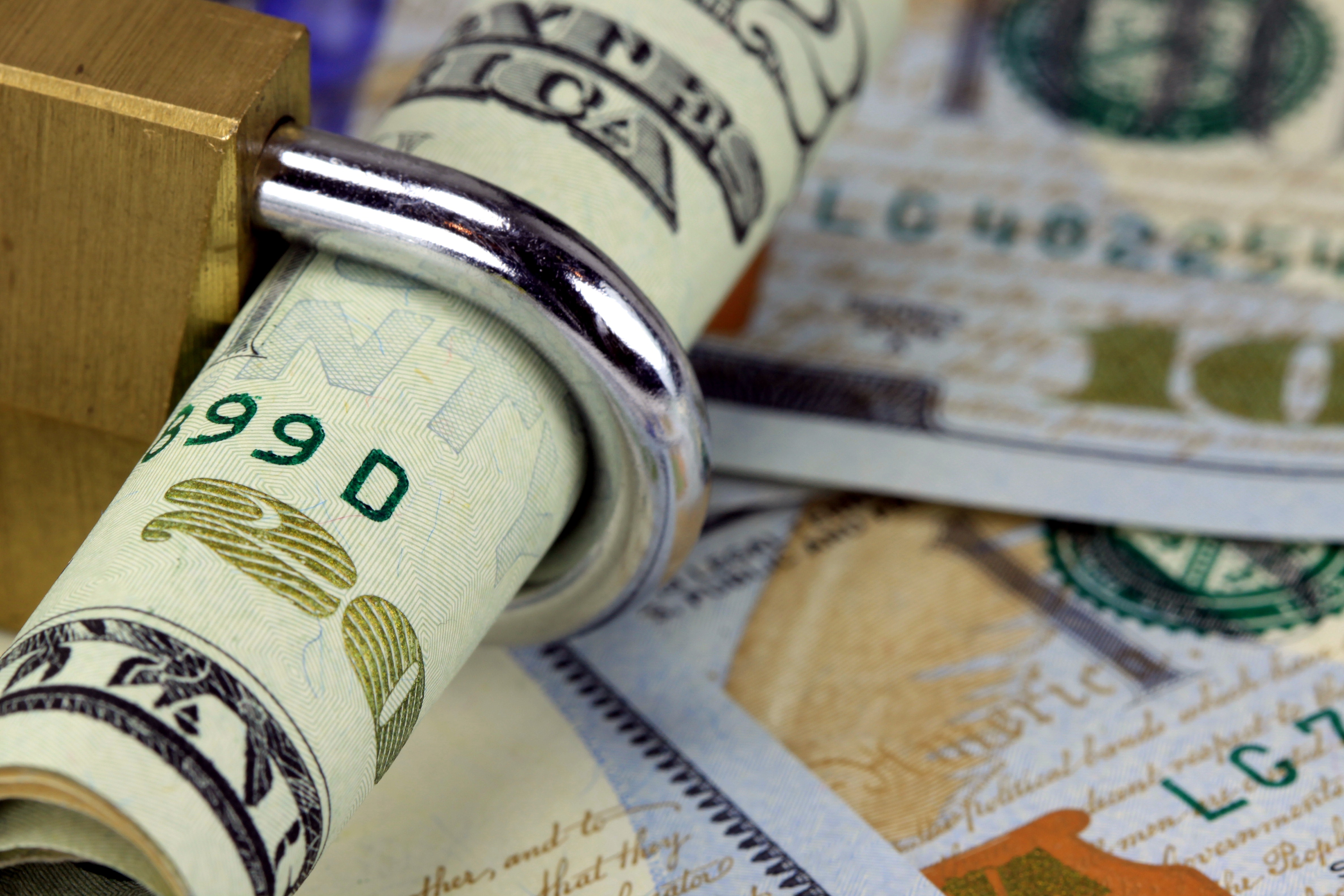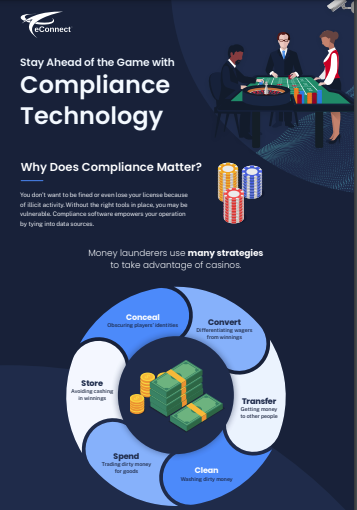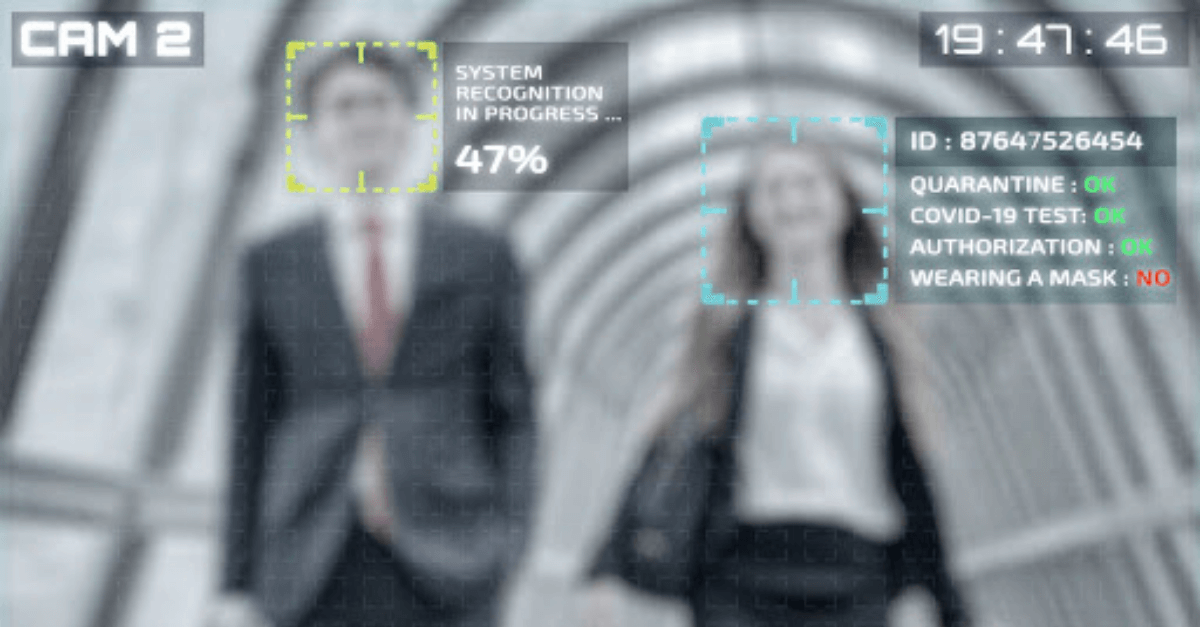

There’s no limit to the human imagination, and that can have consequences for your operations. Whether they use sleight of hand or ingenuity, criminals find new ways to commit crimes in casinos every day, increasing crime rates. Still, money laundering remains one of the most common casino crimes, resulting in significant losses for venues like yours.
Luckily, technology-enabled solutions such as facial recognition can mitigate your risk and even catch money laundering in real time. Read on to learn more about money laundering and how to mitigate it with facial recognition.
What is money laundering?
Money laundering is one of the most prevalent crimes in casinos. It’s used to illegally hide large amounts of money from criminal activities such as drug trafficking, arms dealing, and human trafficking. When money is considered dirty, criminals “launder” it to make it look clean, or as if it came from a legit source.
How Money Laundering Works
Money laundering follows some variation of the same strategy. The basic process has only three parts, but it might change depending on how and where the crime is executed:
- Placement: Injecting dirty money into the financial system
- Layering: Concealing money with transactions and bookkeeping
- Integration: Withdrawing laundered money from accounts to be used again
Laundering in casinos works similarly but with a few nuances. You might think of it as more of a continuous cycle in this context:
With such high volumes of activity and transactions, money laundering could impact your operation significantly. That’s why you need to know what’s behind the process and what to look for to protect your venue.
What methods are used to launder money in casinos?
Casinos present unique opportunities and challenges to criminals, so they often use a variety of methods to obscure the origin of their funds. Let’s explore common ways money laundering happens in casino environments.
Chip-Walking
Chip walking typically involves a process where criminals bring large amounts of cash to a casino, buy chips, and then "walk" the chips to different tables or areas of the casino to make it appear as though the money is being gambled. The chips are then cashed out and the money is returned to the criminals in the form of casino checks or wire transfers, which can be more difficult to trace than cash transactions.
Bill Stuffing
Another common strategy is bill stuffing. In this case, criminals enter a casino, put money into slot machines, and print a bunch of tickets to cash out at the kiosk. While this seems innocent, afterward they wash the money to get rid of tracked serial numbers and reuse it—presumably, for something else illegal.
Structuring
In structuring, money launderers make multiple cash transactions in amounts just below the $10,000 reporting threshold—say, $9,000 instead. As a result, financial institutions such as casinos struggle to detect and report suspicious activity. These smaller individual transactions don’t trigger the reporting threshold, even though the aggregate amount would.
Smurfing
Similar to structuring, smurfing involves uncarded players intentionally transacting below the $10,000 reporting thresholds—favoring multiple smaller transactions instead. The difference, however, is that in smurfing, money is handled by runners (”smurfs”) who move the money between geographically-dispersed accounts. The source of the funds is always purely illegal, so it’s concealed through a series of bookkeeping tricks and complex transactions.
How can casinos catch money laundering in real time?
Traditionally, properties have relied on monitoring present and past video footage to spot money launderers. The problem is that using manpower alone to combat money laundering means too much can go unnoticed until it’s too late. However, if you have systems in place to catch what the human eye might miss, your operation is far better off.
The latest surveillance software provides tools to be proactive, rather than reactive, such as:
Facial Recognition
By using advanced facial recognition technology, you can associate patron faces with transactions. This involves identifying patterns that are consistent with money laundering such as large cash transactions, frequent chip buy-ins, frequent cash-outs, or individuals who are transacting just below the reporting threshold. Once the system flags suspicious patrons and transactions—including facial data—it sends real-time mobile alerts about the activity.
AML and TITO Tracking
By pairing AML screening and TITO tracking, your operation can be better prepared to detect and even prevent money laundering. AML screening enables your operation to match a person’s face to their activities and search TITO reports for suspicious transactions—even if they’re below the $10,000 threshold.
One measure you can put in place is predictive triggers. These reveal money laundering on slot machines and suspicious activities in TITO reports, while your surveillance software detects and alerts compliance officers of suspicious activities. By doing this, your actions can directly help with investigations.
License Plate Recognition
Best used in conjunction with facial recognition, license plate recognition (LPR) provides a view of every vehicle that comes and goes from your property. If a criminal attempts to launder money at your casino, you can gather footage of their vehicle—including make, model, and license plate—with strategically placed cameras and take action against them.
How has eConnect identified money laundering?
eConnect is a leading provider of casino surveillance software, with over 12 years of experience in compliance and point-of-sale fraud. Our software is designed to connect to your existing surveillance systems, providing analytics and alerts around surveillance activities such as money laundering.
To combat money laundering in casinos, you need an effective surveillance system. The eConnect platform has over 400 customers worldwide. We use features such as real-time monitoring, a database of known money launderers, and custom alerting to deliver results. Just look at how our platform helped a major west coast casino.
Case Study: West Coast Casino
During the COVID-19 pandemic, a AAA Four-Diamond Award-winning west coast casino wanted to improve its surveillance posture and reduce crime. The property, which could easily see 25,000 cars come and go each day, needed a solution that could do significant heavy lifting.
eConnect was delighted to provide the right platform for its needs. Using a multi-pronged approach, we incorporated facial recognition and LPR to comply with AML standards and reduce crime. The facial recognition system watched for trends on how often bad actors had been on the property, complete with historical insights from the previous days, weeks, and months. Each time a criminal attempted to reenter the property, applicable alerts were generated and sent to surveillance and compliance.
The results speak for themselves: The California-based casino successfully made 70 arrests and removed over 1,000 bad actors, thanks to eConnect. However, that’s just the beginning! eConnect continues its relationship with the venue, providing results each day.
Get effective tools to prevent money laundering and protect your casino.
Money laundering is a serious crime, and casinos like yours need to be vigilant about preventing it on your property—whether patrons are attempting to hide their activities via chip-walking, bill stuffing, structuring, or smurfing. When you trust a comprehensive platform to lend a hand, you can avoid consequences such as fines, loss of licensure, and even venue closure.
eConnect answers your needs with a robust Compliance Suite specifically designed for AML. Our platform directly integrates with your TITO system, giving you the data you need to charge criminals. We also offer real-time monitoring and alerting, providing eye-in-the-sky views of transactions and activities and notifying relevant parties. We bring it all together with a best-in-class facial recognition engine to match faces to suspicious activities—comparing imaging to our database of known offenders.
Ready to see how facial recognition from eConnect can transform your casino? Book a demo to see how our platform handles money laundering—and get an inside view by watching our Facial Recognition Fundamentals on-demand webinar!
Written by










